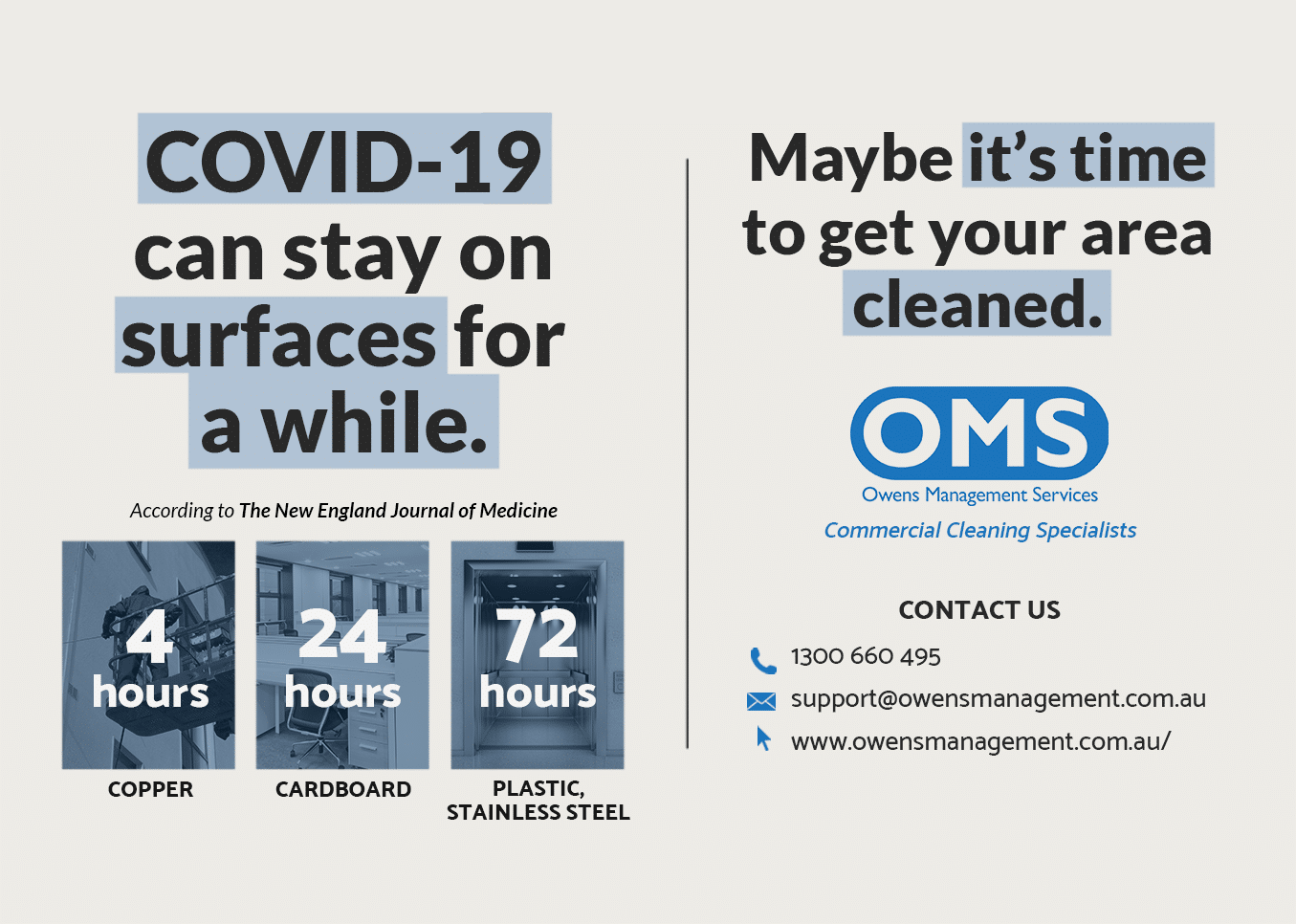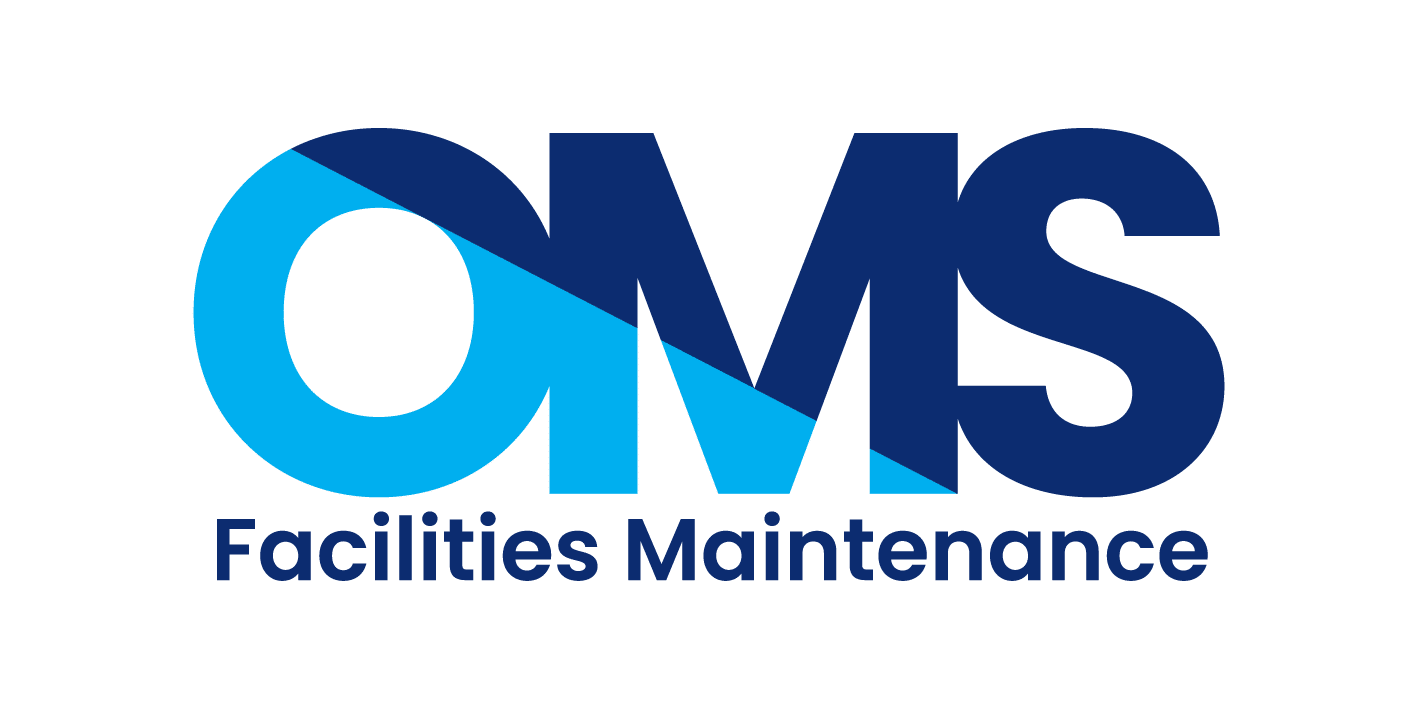What is the difference between cleaning, sanitising and disinfecting? It is easy (and tempting) to pile these terms together and use them interchangeably. ‘The desk has been disinfected’ versus ‘The desk has been cleaned’ may sound similar to a lay person; however, these two phrases actually carry very different meanings.
Your corporate cleaning company should know the differences and be responsible for ensuring things are done correctly. As your company representative it can be helpful to understand the industry terms and have a handle on the basic concepts and definitions, so you are able to ask the right questions and keep your commercial cleaning and management services on their toes.
Following the World Health Organisation declaring COVID19 a global pandemic, the importance and of sanitisation and disinfection has evolved and morphed into a more complex beast. These complexities will continue to grow with the ever-changing virus and science behind it expanding to accommodate updated hygiene requirements.
This makes selecting the appropriate commercial cleaning specialist that are committed to staying up to date with cleaning technology, protocols and current standards is all the more critical.
So what is the difference between cleaning, sanitising and disinfecting? Here are the definitions, jargon, industry terms and concepts explained
Cleaning
The first and most basic step to hygiene, cleaning is simply removing visible dirt or mess from a surface. This is a crucial step in the process as many organic matters can inactivate disinfectants. Removing this ‘soil load’ or dirt allows the next steps to take place effectively.
Mechanical Cleaning
This step entails giving the surface or area a thorough scrub – this is also known traditionally as applying a heaping of ‘elbow grease’.
Terminal Cleaning
This is a cleaning procedure used to decontaminate an area following the discharge of a patient with an infectious disease. This includes both cleaning and disinfection steps for environmental decontamination.
Sanitisation
Once a surface has been cleaned the next step is to apply an antimicrobial solution for a set dwell time to remove most germs, viruses and fungi.
Disinfection
Disinfection is used in high touch and high trafficked areas that are likely to harbour pathogens as it is most effective at killing and removing harmful entities.
Dwell Time
Somewhat self-explanatory, dwell time refers to the amount of time a disinfectant or sanitisation product must be left on a cleaned surface or area to consider it ‘disinfected’ or ‘sanitised’.
Microorganism
Tiny organisms such as bacteria, virus, spore etc that cannot be seen without a microscope.
Pathogen
A microorganism that has ‘turned bad’ and can cause harm via illness or disease.
Environmental Cleaning
Routine environmental cleaning is the practise of regularly cleaning and disinfecting surfaces and areas including both frequently and minimally touched surfaces.
There are two pathways to divide your routine sanitisation and disinfection efforts:
- Frequently Touched Surfaces
These include door handles, bedrails, tabletops, light switches and any other commonly touched objects.
- Minimally Touched Surfaces
These include harder to reach places such as ceilings walls, blinds and floors.
The type of disinfectant used depends on the material of the surface. According to the New England Journal of Medicine the virus can stay on copper up to 4 hours, cardboard up to 24 hours and plastic or stainless steel up to 72 hours.

Understanding these terms will certainly help you appreciate the importance of proper cleaning and disinfection protocols and hence employing the correct team for the job.
If you are looking for a Commercial Cleaning Specialist across all the standards, industry updates, who will ensure your workplace is as safe as possible, call our team at OMS on 1300 660 495.
